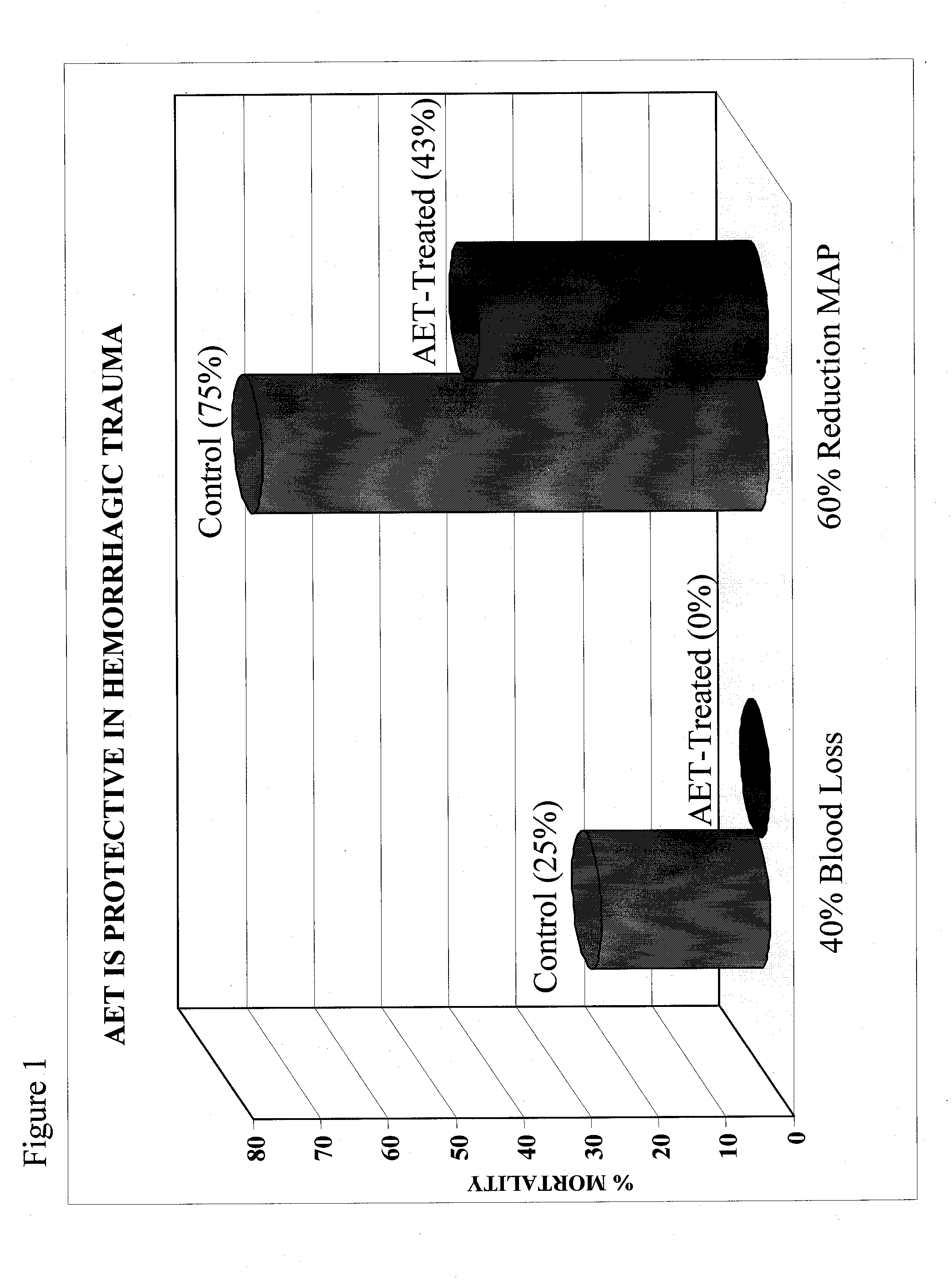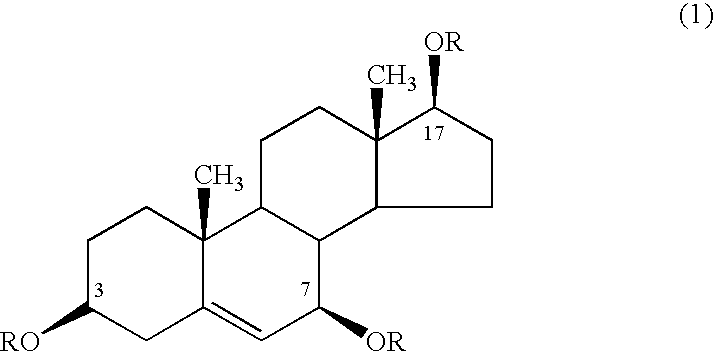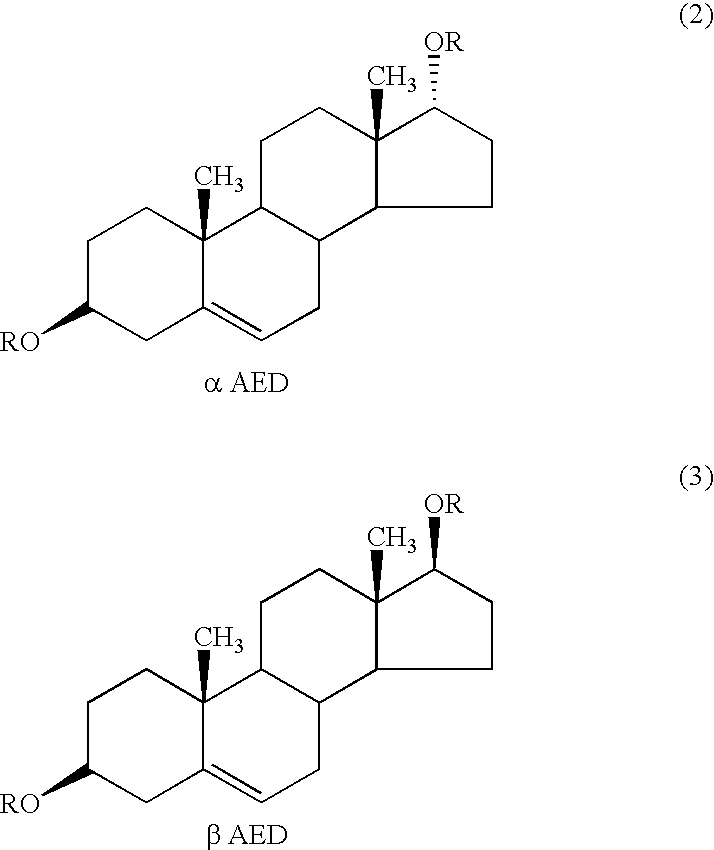Methods for Treating Shock
a technology for treating applied in the field of treating shock, can solve the problems of organ damage, cardiac arrest, respiratory failure and death, septic shock and hypovolemic shock are particularly dangerous, and the mortality rate is still quite high, so as to prevent shock
- Summary
- Abstract
- Description
- Claims
- Application Information
AI Technical Summary
Problems solved by technology
Method used
Image
Examples
example 1
Rat Model of Volume Hemorrhagic Trauma
[0054] Twenty-four rats were subjected to 40% loss of total blood volume, consisting of catheterization and laparotomy (soft tissue injury) to mimic trauma and hemorrhage. One hour after onset of hemorrhage, the animals were resuscitated with crystalloid fluid and packed red blood cells (PRBCs). Twelve animals received one subcutaneous injection of AET in a methyl cellulose suspension at a concentration of 40 mg / kg body weight in 100 μl / kg body weight, one hour after initiation of hemorrhage, but prior to fluid resuscitation. Twelve animals received subcutaneous methyl cellulose control injection at 100 μl / kg body weight. Three days after induction of hemorrhage, the twelve animals that received AET had a 100% survival rate; whereas the mortality rate was 25%, in the untreated group (P<0.04, Barnard's unconditional test of superiority using difference of two binomial proportions).
example 2
Rate Model of Blood Pressure Hemorrhagic Trauma
[0055] In a second model of hemorrhagic trauma, 15 rats were hemorrhaged as in Example 1 down to a mean arterial pressure of about 35-40 mmHg and resuscitated one hour from onset of hemorrhage with crystalloid and PRBCs. Seven animals received one animals received one subcutaneous injection of AET in a methyl cellulose suspension at a concentration of 40 mg / kg body weight in 100 μl / kg body weight, one hour after initiation of hemorrhage, but prior to fluid resuscitation. Eight animals received subcutaneous methyl cellulose control injection at 100 μl / kg body weight. Two days after induction of hemorrhage, mortality in the untreated group (n=8) was 75%. The mortality rate in the AET-treated animals was 43%, demonstrating that AET was still protective in cases of hemorrhagic trauma where system pressure is severely reduced.
[0056] Statistical analysis shows no differences in the response to AET between the two studies in Example 1 and Ex...
PUM
 Login to View More
Login to View More Abstract
Description
Claims
Application Information
 Login to View More
Login to View More - R&D
- Intellectual Property
- Life Sciences
- Materials
- Tech Scout
- Unparalleled Data Quality
- Higher Quality Content
- 60% Fewer Hallucinations
Browse by: Latest US Patents, China's latest patents, Technical Efficacy Thesaurus, Application Domain, Technology Topic, Popular Technical Reports.
© 2025 PatSnap. All rights reserved.Legal|Privacy policy|Modern Slavery Act Transparency Statement|Sitemap|About US| Contact US: help@patsnap.com



